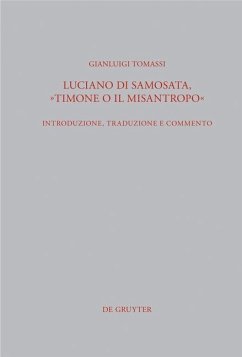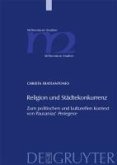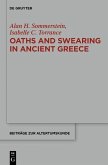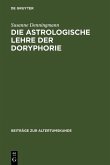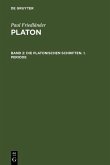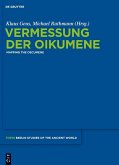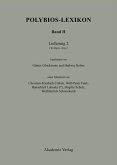Within Lucian's works, Timon is referable to the writer's maturity and it is considered to be one of the best and most typical dialogues written by the author from Samosata. This study traces the story of the fascinating and enigmatical character of the Athenian Timon, a archetype of a misanthrop, in his literary development up to his crucial meeting with Lucian of Samosata. The work offers, for the first time, an analytical commentary on Lucian's Timon. The reader will find in the book an introduction, which is divided in four different sections: the first contains some general notes on the Second Sophistic and Lucian; the second restores the literary development of the misanthrope Timon from his origins in the Attic comedy to the II century a.D.; the third part offers an analysis of the relationship between Lucian's Timon and the literary tradition, and, afterwards, an investigation into the dialogue's fortune from the II century to the XX century; the last section gives short but exhaustive details about the literary style and the language used in the work. To facilitate the consultation, the analytical commentary is again divided into sections - each one with a short individual introduction - and follows the Greek text and the translation.
Dieser Download kann aus rechtlichen Gründen nur mit Rechnungsadresse in A, B, BG, CY, CZ, D, DK, EW, E, FIN, F, GR, HR, H, IRL, I, LT, L, LR, M, NL, PL, P, R, S, SLO, SK ausgeliefert werden.

